The Centre will set up 100 labs in engineering institutions across India for developing 5G applications for various verticals. To realize the new range of opportunities, business models, and employment potential, the labs will cover, among others, applications such as smart classrooms, precision farming, intelligent transport systems, and healthcare applications.
The Centre has also made a provision of 55.6 billion for a 5G testbed in The Union Budget 2023-24 of India presented by finance minister Nirmala Sitharaman
India’s telecommunication sector encompasses mobile communication, messaging, internet, video streaming, gaming, mobile payments, and more. It has become the epicenter of our life by adding values, such as remote working, virtual meetings, e-education, real-time collaboration, online shopping, and connecting with people and brands via social media.
The sector, the second largest in the world, has grown over twenty times in just ten years and is supporting the country’s socioeconomic development. The rapid strides are facilitated by the government’s liberal policies of providing easy market access and a fair regulatory framework enabling the operators to offer the services at affordable prices.
The next-generation technologies, with the 5G cellular networks at their heart, are opening new business opportunities. They have enabled the telecom sector to become the backbone of the digital economy. The industry is increasingly becoming customer-centric, offering high speed, low latency, and easily accessible new services.

For example, virtual and augmented reality (VR and AR) will enable sports enthusiasts to get a real-time immersive experience; the e-games aficionados will be teleported to an immensely thrilling environment to experience the game in real-life 3D situation, and holographic telepresence will enable teachers’ images beamed to remote area classrooms, making them visible simultaneously at multiple locations.
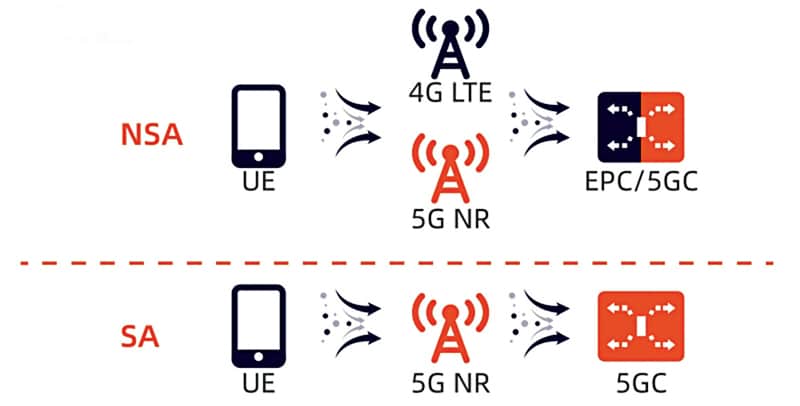
5G in India: On a Roll Today
The Prime Minister launched the 5G services on 1st October 2022. Airtel and Jio soon commenced rolling out their 5G services in some cities with a pan-India rollout slated for December 2023.
Airtel has chosen non-standalone (NSA) 5G networks using the existing 4G networks, while Jio is moving straight to standalone (SA) 5G networks. The key difference between NSA and SA networks is that while an NSA network connects to the existing 4G network to deploy 5G services, the SA architecture needs to implement a 5G core network.
The NSA is faster, easier, and costs less than setting up the SA from scratch. However, SA deployment makes possible a host of modern and advanced use cases, ensures lower latency—a key next-gen capability, and enables rapid customization of services and business strategies to maximize return on investments (RoI).
Currently, 72 countries have rolled out 5G services. Most of these are facilitated via 5G NSA, while 24 countries are using 5G SA networks.
The Indian government has set up eight working groups to draw up plans to improve the delivery of schemes and services. A ‘white paper’ has been circulated by the Telecom Ministry on opportunities for designing, developing, and prototyping 5G applications.
Eleven economic verticals have been identified for taking up designing, developing, and prototyping 5G applications and use cases. These verticals include city water resources and health; education; sports; infotainment; skill development; tourism; power and resource management; agriculture, fisheries, and mining; logistics; intelligent transport systems; railways; ports, airports, and commercial hubs; and industry management. Some of the applications being developed are intelligent transport systems; city lighting systems; wearable telemetry; immersive learning solutions for students; smart grid management; electric metering services; fraud detection; enhancing safety in transportation; autonomous driving systems; automated inventory systems; and remote management of mines.
Awareness programs and training modules have been drawn up and rolled out for bureaucrats, faculty, and students of engineering and training institutes. More such programs and modules are being planned and developed. Companies like TCS, Infosys, Wipro, Microsoft, Capgemini, Sensorise, Arkins Labs, and Passenger Drone Research are working intensely on various 5 G-enabled ‘smart’ solutions across sectors.
Futuristic 5G Applications
The technologies are ushering in revolutionary changes by making available better quality video calls, instant movie downloads, online high-speed gaming with delightful special effects, and enabling companies to develop layers of applications in the fields of education, healthcare, agriculture, entertainment, automobiles, transportation and logistics, sports and events, infrastructure, and manufacturing. The increased data speed and network capacity, much lower latency, and faster round-trip data transmission will provide new openings and opportunities for industries and businesses, intensify digitization, induce innovation to unlock the next level of growth, and boost the country’s economy.
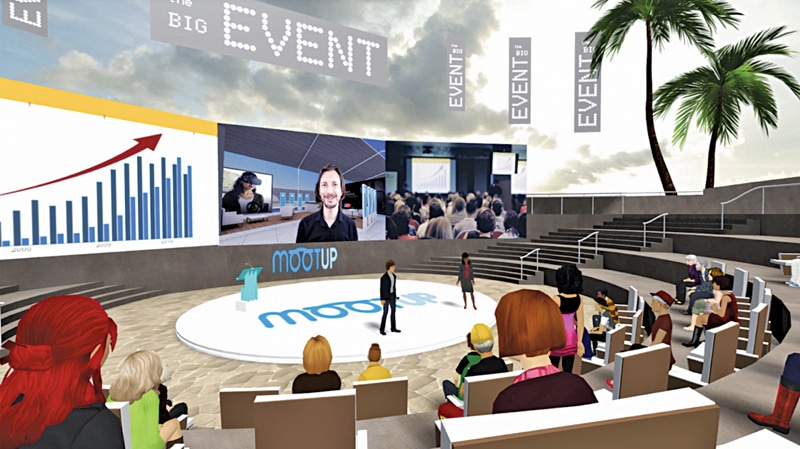
The list of new exciting and futuristic applications is long and the possibilities are enormous.
High-quality Education
The use of enhanced mobile broadband (eMBB) will spur rapid advancements in the field of high-quality digital education and skill development, delivering content through mobile applications to every student, and providing a significant impetus to digital universities. Vocational training programs in the phygital (integrated physical and digital) mode will improve the employability of youth and women.
Healthcare for All!
With diagnostic data such as CT, MRI, and ultrasound becoming available in the cloud, it will be possible for the images to be fused instantly, making the scanning machines much simpler and cheaper. Also, the data on the cloud is easily accessed by doctors from anywhere, anytime. The technology will enable doctors to arrive at decisions quickly, precisely, and accurately.
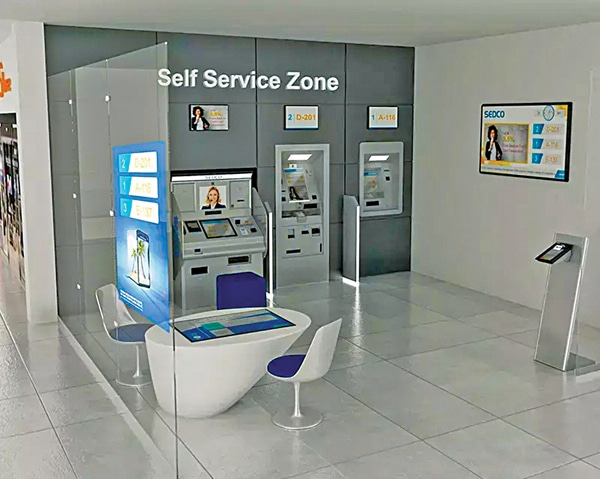
With easy accessibility to remote interventional support, wearable telemetry, transmission of HD images, and electronic health records, hospitals will be able to provide quality care to a large number of people with very few doctors and health care staff. The ultra-reliable low-latency communication (URLLC) and HD multimedia content will make possible point-of-care diagnostics, vitals monitoring, remote surgery, and connected ambulances.
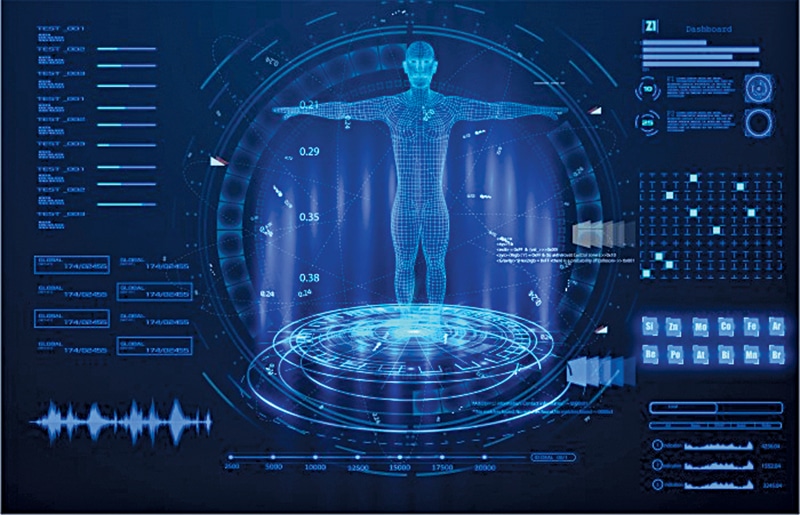
NextGen Banking
EmBB and URLLC with geospatial information systems (GIS) will make available simple, seamless, and secure payment methods, such as ‘one-tap payment’ and ‘cashless store.’ Mobile banking systems, such as virtual branches, will enable users in far-flung areas to securely access banking facilities.
AR and VR in ‘smart banks’ will allow online facial recognition, enabling customers to interact with bank officials. ATMs will offer AI-backed instant personalized services. Portable, pop-up virtual branches will become a possibility in remote locations or disaster-affected areas.
Efficient Transportation
Telematics, digital cockpit, automatic driver assistance systems (ADAS), and cellular vehicle-to-everything communication is expected to considerably transform the in-vehicle experience. Intelligent transportation will be possible using autonomous driving, connected vehicles, and fleet management.
Integration of FASTags will improve efficiency as well as help reduce carbon footprints. Massive machine-type communication (mMTC) will help optimize the usage of EVs while making the charging stations network cost-effective. In ports, it will be possible to reduce inventory congestion using mMTC and URLLC.
Software-enabled automatic-guided vehicles will improve port-space management while reducing the long waiting time. For the drones-as-a-service ecosystem, the URLLC will help in navigation and traffic control.
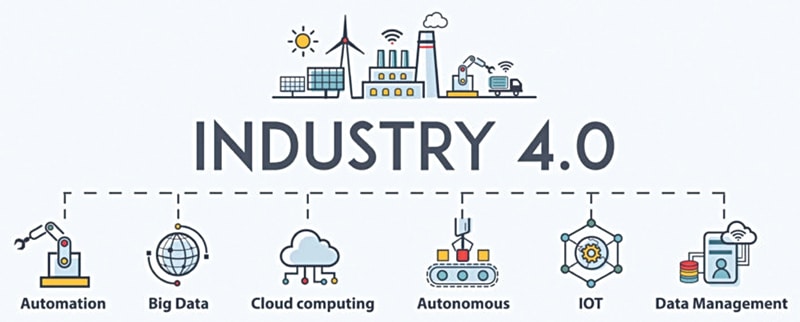
Green Revolution 2.0
Real-time fast data transition, IoT-connected devices and sensors, video-controlled irrigation, and nutrients and pesticide control systems will enable big farmers to monitor health of their crops and livestock and continuously improve irrigation efficiency to reap higher yields. Small farmers will be able to improve irrigation efficiency and crop yield using virtual training programs.
Using a range of sensors, renewable energy farms will be able to continuously monitor the factors impacting the health of the solar panels and windmills, thus improving energy production. The response time and efficiency of the wind and solar renewable energy farms will get radically improved using the fast speed low latency networks.
Bedrock of Industry 4.0
Using an array of IoT sensors and devices, and automating the scheduling of processes, 5G networks will become the cornerstone of Industry 4.0 to improve efficiency and reduce carbon emissions. Work stoppages will get minimized by automating the just-in-time supply chains and implementing predictive maintenance.
It will be possible to make available a number of B2B services, such as wirelessly controlled robots in factories allowing every component—even the smallest—to be wirelessly tracked, operated, and managed. The use of robot-to-robot and worker-to-robot communication will help achieve higher output and efficiency.
The sales and marketing will be able to provide novel immersive experiences in trying, styling, and buying products online as well as in brick-and-mortar stores.
Advanced Facilities for Smart Cities
Advanced facilities, such as voice and gesture remote-controlled houses, improved waste management systems, and shopping malls, that provide exciting audio-visual experiences, will become available in smart cities. Metaverse and digital applications will provide extraordinary immersive experiences to spectators in stadiums, open-air festivals, and other public events.
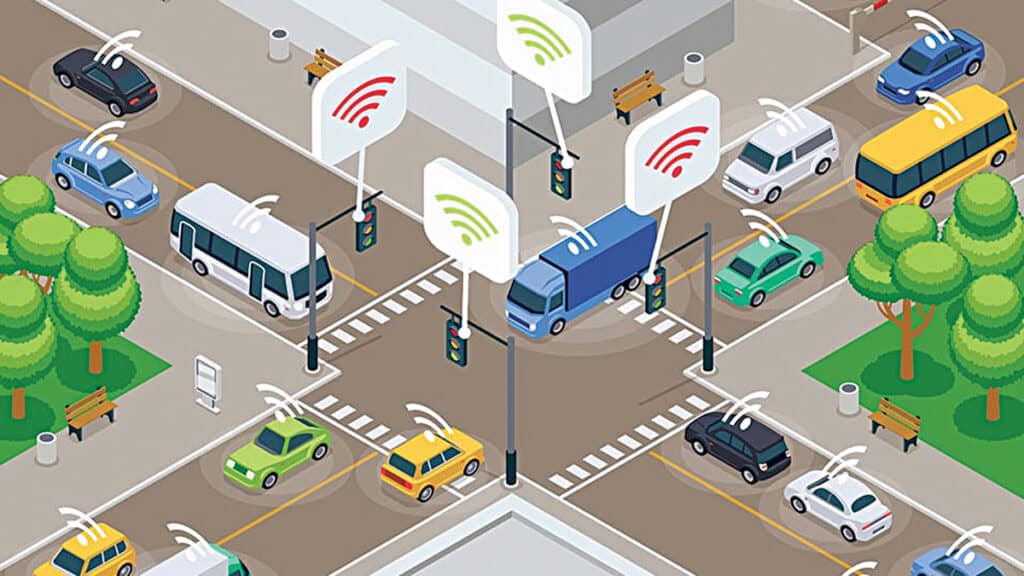
Automatic traffic lights and communication channels, such as machine-to-machine (M2M), vehicle-to-everything (V2X), device-to-device (D2D), and human-to-machine will make possible advanced vehicle tracking, wall-mounted sensors, and improved utility services.
5G Work in Progress
Twenty-five years ago, it would have been virtually impossible to predict the frantic pace of progress the telecom sector in India has made. No longer limited to basic phone and internet services, the sector is now playing a pivotal role in providing multifunctional mobile communications, social connectivity, and fast internet services. The telecom sector has become the driving engine for digitization and a catalyst to spur economic growth and social progress.
Telecom operators are working 24/7 to roll out 5G services pan India. 5G, the fastest-adopted mobile technology, is set to unlock multiple untapped opportunities, unleashing faster levels of connectivity, changing forever the way people interact and conduct businesses, generating employment opportunities, directly and indirectly contributing to economic and financial development and the way governments govern. Remote controlled smart houses; Industry 4.0 processes, machine-to-machine communications and predictive maintenance; application of robotic process automation (RPA); and cloud computing is expected to create a huge social, educational, and economic impact affecting how people live, work, communicate, entertain, and educate.
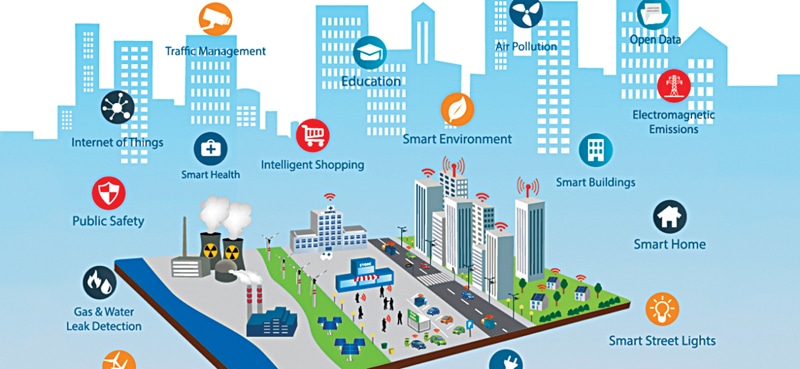
The government is continuing to take proactive steps, such as introducing several fast-track reforms and initiating a number of key initiatives, to push the pace of growth. Resources such as formulating data policy, reforming the regulatory requirements, providing the required infrastructure, 5G spectrum, and financial incentives are being or have been made available. The production-linked incentive scheme (PLI) is helping to bring in large foreign as well as Indian investments.
The government is committed to the healthy growth of the telecom sector, a digitally powered economy, and making available superlative connectivity. The government is also investing in making public services more reliable, secure, cheaper, and within easy reach.
The Challenges Ahead
Generally, 5G technology offers the possibility of enhancing many aspects of business operations and can advance the lives of people from all sections of society. However, its complete impact is still to be seen. Moreover, there are certain negative features that need to be sorted out.
The first is health issues. Some people have voiced that the possibility of increased exposure to radio frequency (RF) radiation can be bad for health. However, the World Health Organization (WHO) and other scientific bodies have put this issue to rest, saying that the levels of RF radiation emitted by 5G technology are within acceptable limits.
Second is the concern that deployment of 5G technology may lead to the requirement of fewer hands and hence unemployment to some extent. Third is the problem of 5G services being more costly than lower-level technology services, such as 4G, given the higher infrastructure investment in 5G. The fourth impediment is that the technology may not be available equally to all, thus aggravating existing economic and social inequalities.
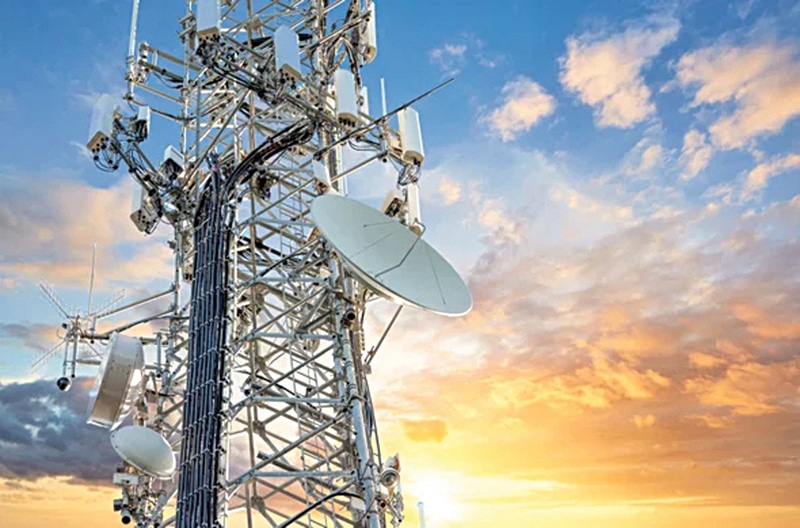
While considerable work is in progress in India, there are several challenges and complexities. The right talent and skills are needed to develop, create, deploy, and test the networks and supporting hardware and software. There exists a big gap in the demand and supply of the required skilled workers, technicians, engineers, and managers. Organizations need to foster continuous learning, upskilling, and reskilling.
These technologies support many applications, devices, and services, which have a higher exposure to cyber fraud and hacking activities creating many areas of security risks. By exploiting the vulnerabilities, hackers could create new security challenges. Data security, data privacy, and data sovereignty become critical in ensuring the services and infrastructure are trustworthy, secure, and reliable.
The telecom players need to continuously adapt, change, and innovate to keep the services, offerings, and business models upfront and safe. A key aspect is acquainting the governmental officials, managers, and executives with the technologies.
Training programs for the stakeholders are being developed by a group led by National Telecommunications Institute for Policy Research, Innovation and Training (NTIPRIT), comprising academics from IITs and industry. Continuous collaboration between academia, industry, service providers, centers of excellence, and capacity-building entities is essential.
5G technologies have a massive revenue-generating potential since they enable the ability to build and initiate high-quality customized services in hours, instead of weeks or months. However, only those who are able to establish a great cloud-optimized, software-defined infrastructure, which is both swift as well as flexible, will be able to reap the benefits.
The author Dr. Deepak Halan, the author, is currently an Associate Professor with Jaipuria Institute of Management, NOIDA







